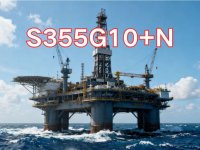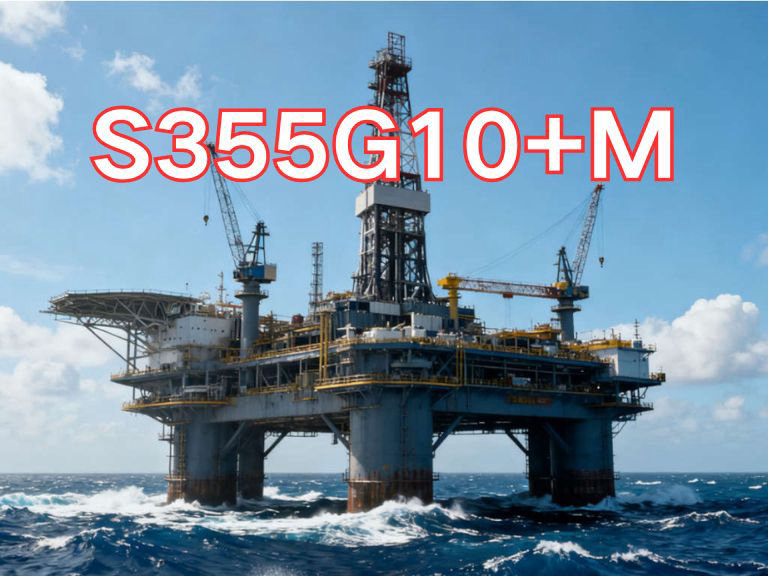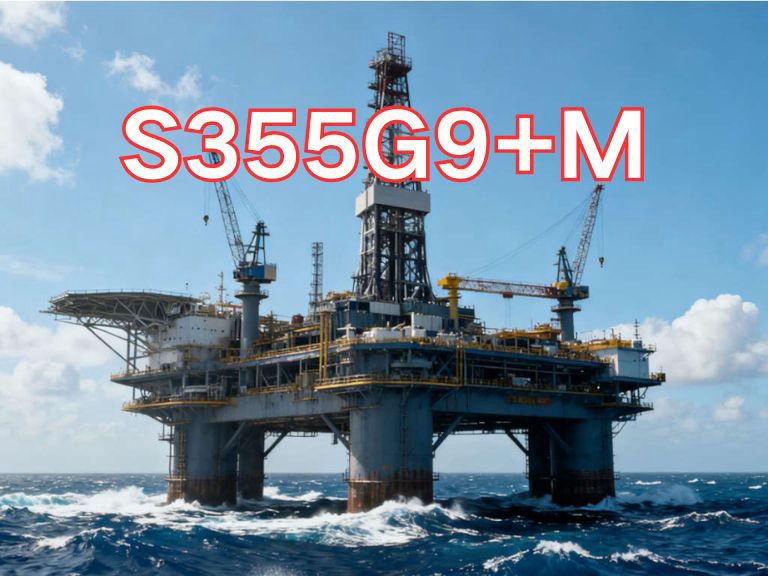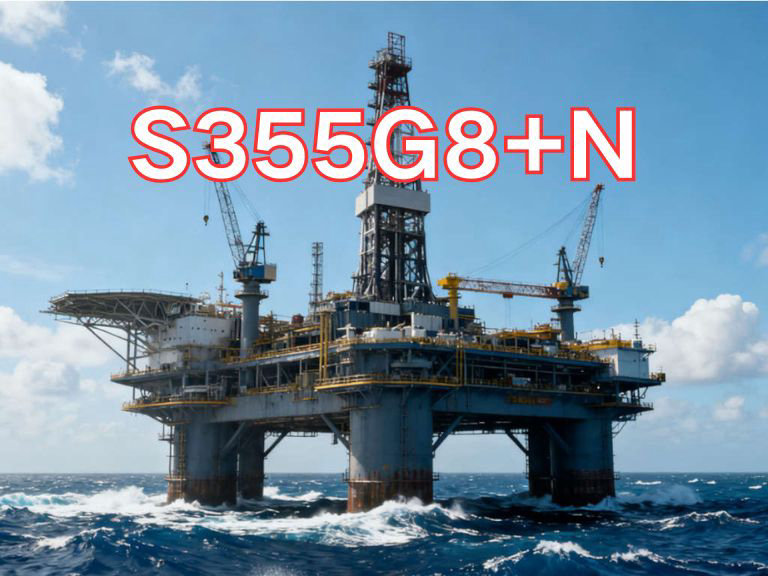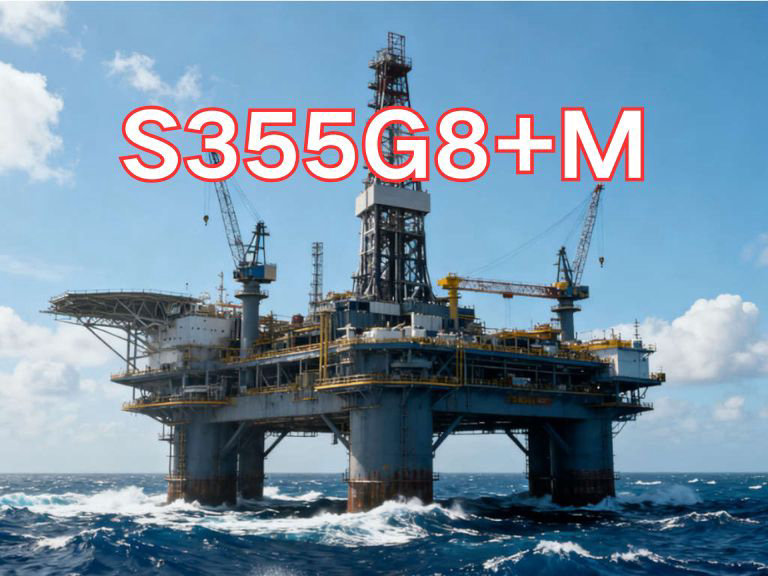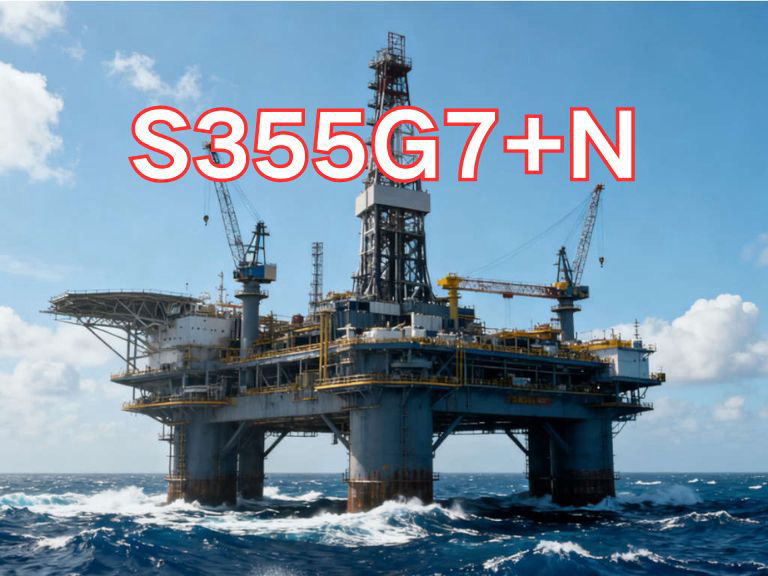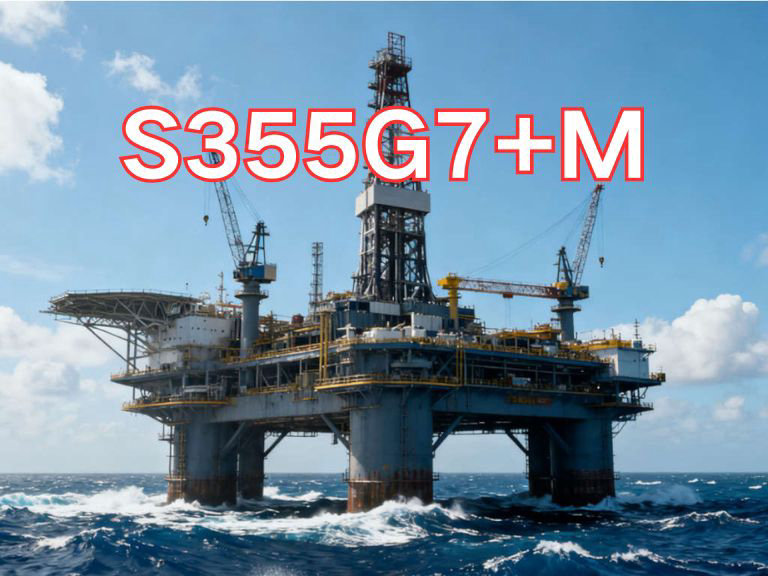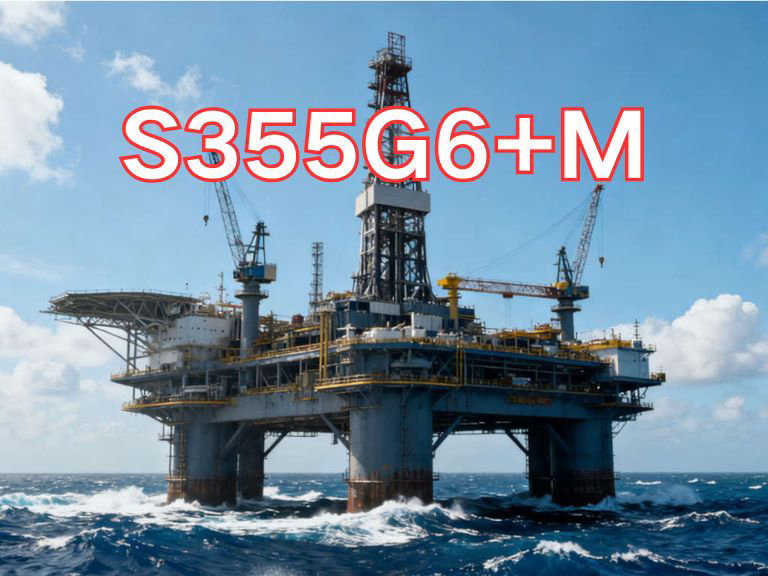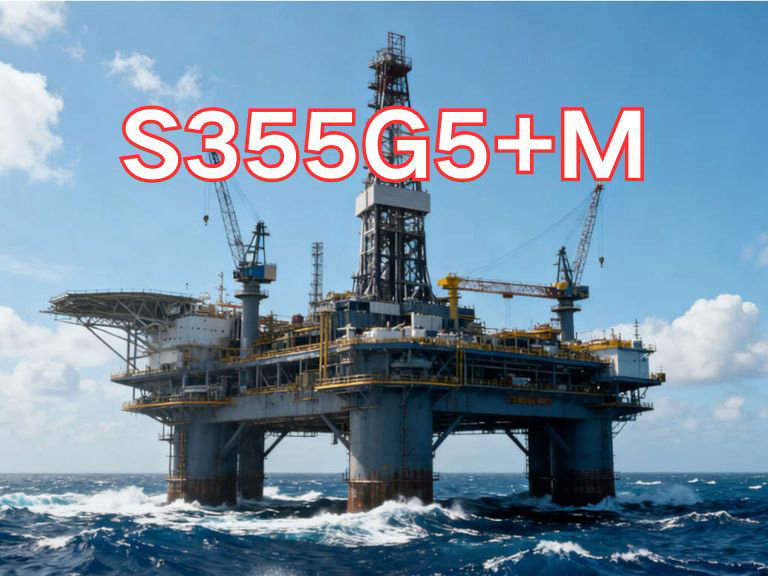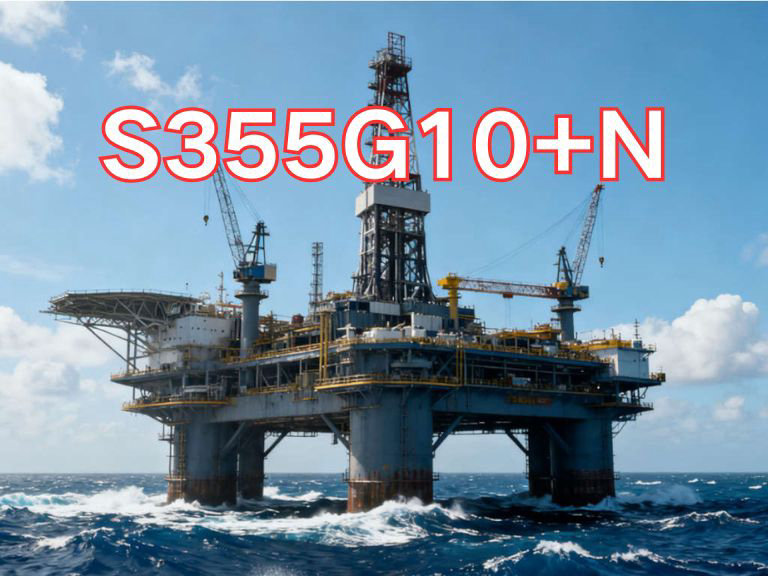

S355G10+N
S355G10+N is a high-grade marine engineering structural steel under the European standard system, with its grade code carrying key technical information:
- S stands for Structural Steel
- 355 specifies a minimum yield strength of no less than 355MPa
- G10 specifically refers to the requirement of passing mechanical property verification for simulated post-weld heat treatment, and
- +N indicates that the delivery condition is normalized treatment
This process optimizes the uniformity of the steel's microstructure through high-temperature heat preservation followed by air cooling.
S355G10+N steel plates focuses on the manufacturing of thick-walled marine engineering equipment. It is a key material for critical load-bearing structures of Floating Production Storage and Offloading (FPSO) vessels and support frames of ultra-thick drilling platforms. The 170mm-thick variant of this steel grade has achieved a global first launch and replaced imported products. Meanwhile, it is also suitable for scenarios with strict requirements on thickness and toughness, such as deep-sea jackets and large-scale dock hoisting equipment.
The performance characteristics of S355G10+N steel plates highlight the advantage of balanced strength and toughness: in terms of chemical composition, the carbon content is strictly controlled to be ≤0.12%, and micro-alloying elements such as niobium and titanium are added to refine grain size. The contents of sulfur and phosphorus impurities are controlled at extremely low levels (S≤0.005%, P≤0.015 respectively) to ensure welding safety. In terms of mechanical properties, the yield strength still exceeds 320MPa when the thickness is 100mm, and the impact absorption energy at -40℃ is ≥50J. Moreover, thick plates can pass the Crack Tip Opening Displacement (CTOD) test to verify fracture resistance, with the CTOD characteristic value reaching over 0.33 at 0℃. Normalized treatment endows it with excellent cold formability, and optional Z-direction performance of Z35 grade is available to meet the multi-layer welding requirements of thick plates.
Currently, this steel plate complies with the EN 10225-2009 standard. This standard comprehensively regulates the chemical composition, mechanical properties, flaw detection requirements and welding qualification of steel for offshore platforms. It serves as a core technical basis for the steel to enter the European Union market and also provides key guarantees for the safety of deep-sea equipment.

Ultrasonic Testing (UT)
A key non-destructive testing technique that uses high-frequency sound waves to detect internal flaws in steel plates. The probe emits sound waves, which reflect when encountering defects such as cracks or inclusions. The receiver captures the echoes, enabling precise determination of defect location and size. With high sensitivity, strong penetration, and fast inspection speed, UT effectively ensures internal quality, widely used in the production of heavy plates, pressure vessel plates, and other high-end products to guarantee safety and reliability.

Magnetic Particle Testing (MT)
A common surface inspection method that magnetizes the workpiece, causing leakage magnetic fields at surface or near-surface defects like cracks or inclusions, which attract magnetic particles to form visible indications. Simple to operate and highly sensitive, MT is suitable for rapid inspection of surface and near-surface flaws in ferromagnetic materials, widely used for online or offline inspection of plate edges, ends, and welds, ensuring product quality and safety.

Penetrant Testing (PT)
A non-destructive method for detecting surface-breaking flaws. A penetrant liquid is applied to the cleaned steel surface, allowing it to seep into defects such as cracks or pores. After removing excess penetrant, a developer is applied, causing the trapped penetrant to bleed out and form visible indications. Simple and cost-effective, PT is suitable for inspecting surface defects in various non-porous materials, commonly used for welds, castings, and complex components, effectively ensuring surface quality of steel plates.

